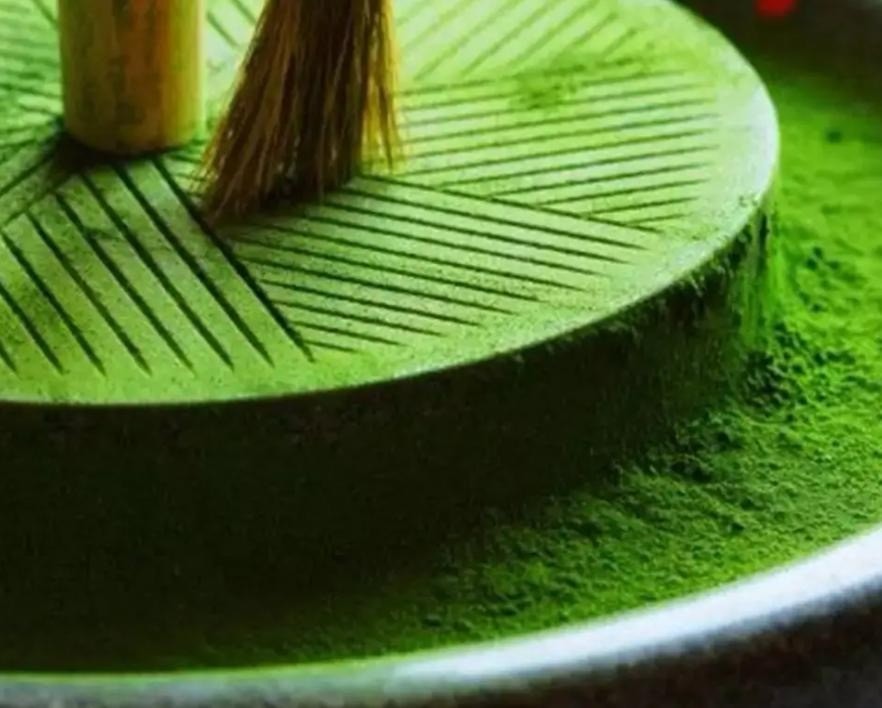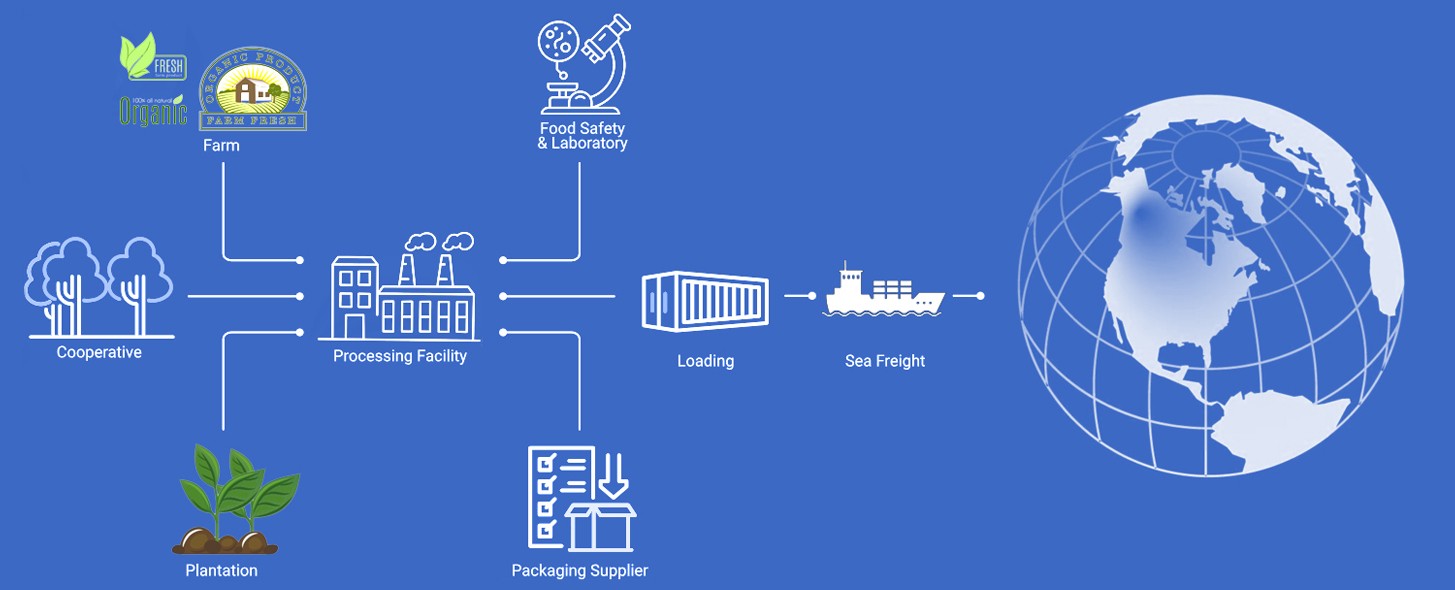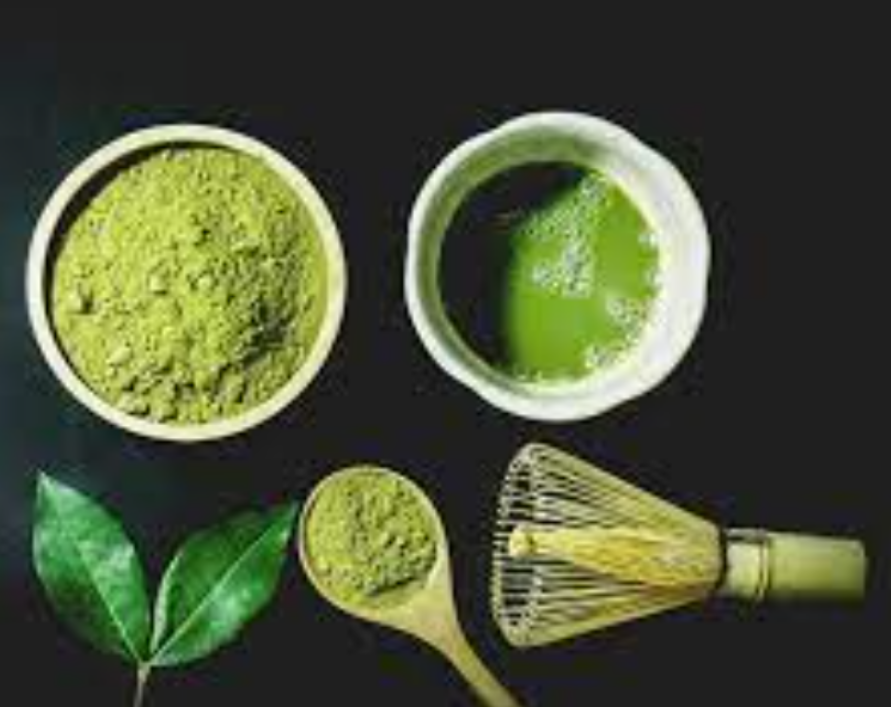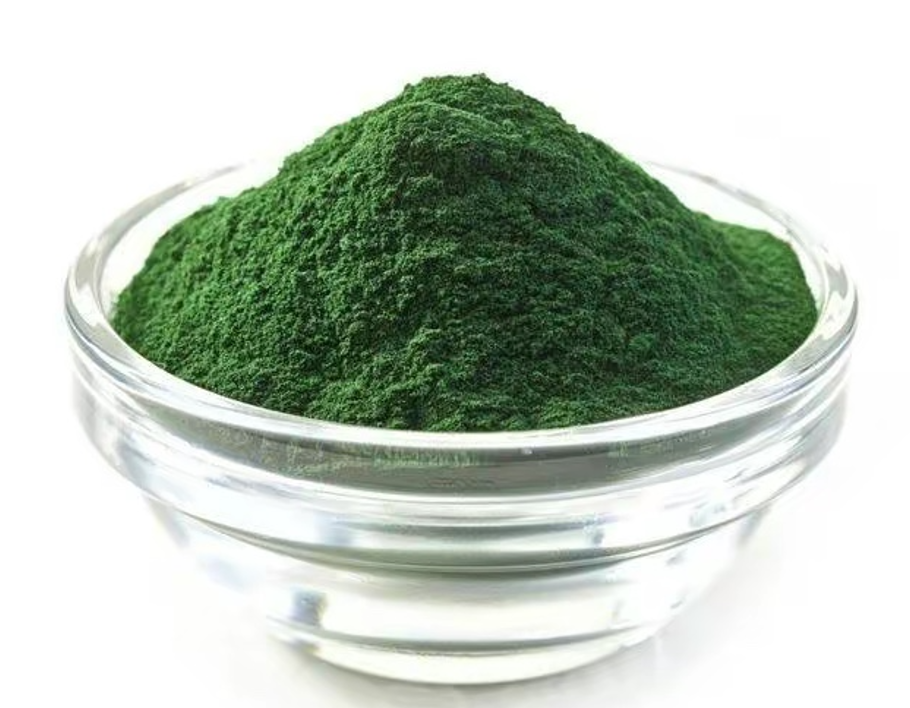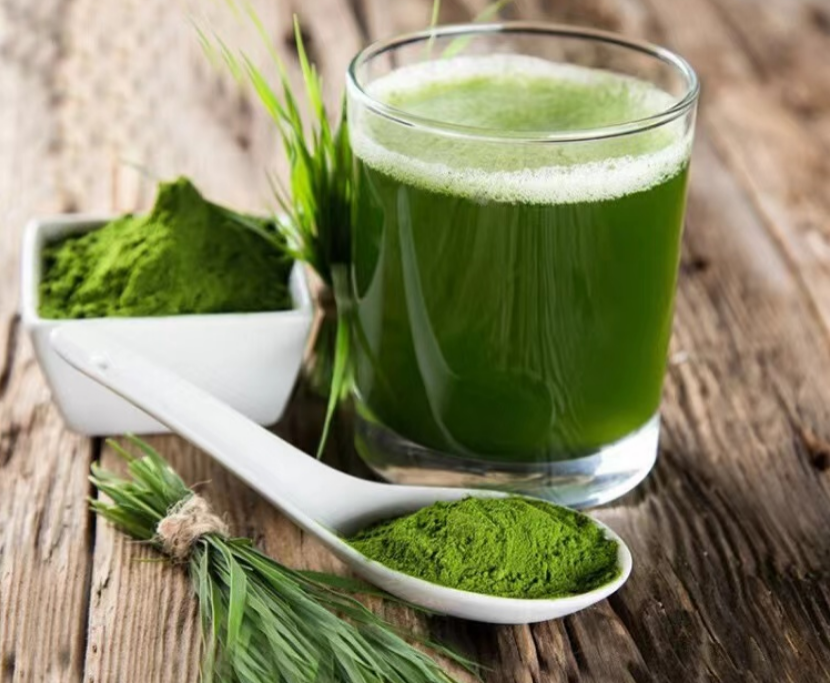The more common type of matcha is usually green tea, and the leaves need to be covered for three weeks before picking to produce more theanine and caffeine; After picking, it needs to be steamed green to make the color more verdant. The grinding process is best with natural stone mill. As a result, the final soup made from matcha tea has almost no bitter taste and a sweet aftertaste.
Matcha originated in China in the Sui Dynasty and reached its peak in the Tang and Song dynasties, especially in the Song Dynasty, when there were already complete matcha tea ceremonies (tea ordering) in monasteries. China had a mature history of more than a thousand years before its decline. Since the Ming Dynasty, China began to use tea to make soup and discard the residue of the drinking method, and the tea was lost, and the traditional tea mill also disappeared. However, at the end of the ninth century (the middle Heian period in Japan), matcha technology was retained with the entry of Japanese ambassadors to Japan, and later tea ordering was accepted and respected by the Japanese people, developing into today's Japanese matcha tea ceremony.
Matcha is made from small, unrolled slices of tea, and in Japan, years of refinement have left green tea with little bitterness, while covered with steamed green tea has little bitterness. 20 to 30 days before green tea picking, green tea with bamboo, iron wire set up trellis, and then covered with straw curtains, all around with grass curtains to block sunlight, shading rate of more than 98%, so that the cultivated green tea is less bitter, more green. The picked raw leaves are steamed green on the same day (with steam), and then without rolling, directly into the baking oven to dry, such a large dry tea is called "wild tea". Then the raw tea goes into the cold storage and is stored at minus zero degrees Celsius to improve the glucose content and make it sweeter.
Raw tea is removed from the cold storage before use, returned to room temperature after processing, after cutting, screening and other processes, become 0.3 cm square small pieces, become rolled tea. The tea is ground by a natural stone mill to a fine powder called matcha. The tea mill is the traditional equipment used to crush tea, although the modern air mill or ball mill is also used to crush, and the fineness cannot reach the fineness of the stone mill. Moreover, the unique temperature of the stone mill is the last process of matcha aroma, and the matcha milled by the stone mill has the fragrance of nori and zongye. Powdered green tea, crushed by other methods, is called green tea powder, or powdered green tea. Due to the difference in fineness, aroma and color, its price and use are also completely different.

